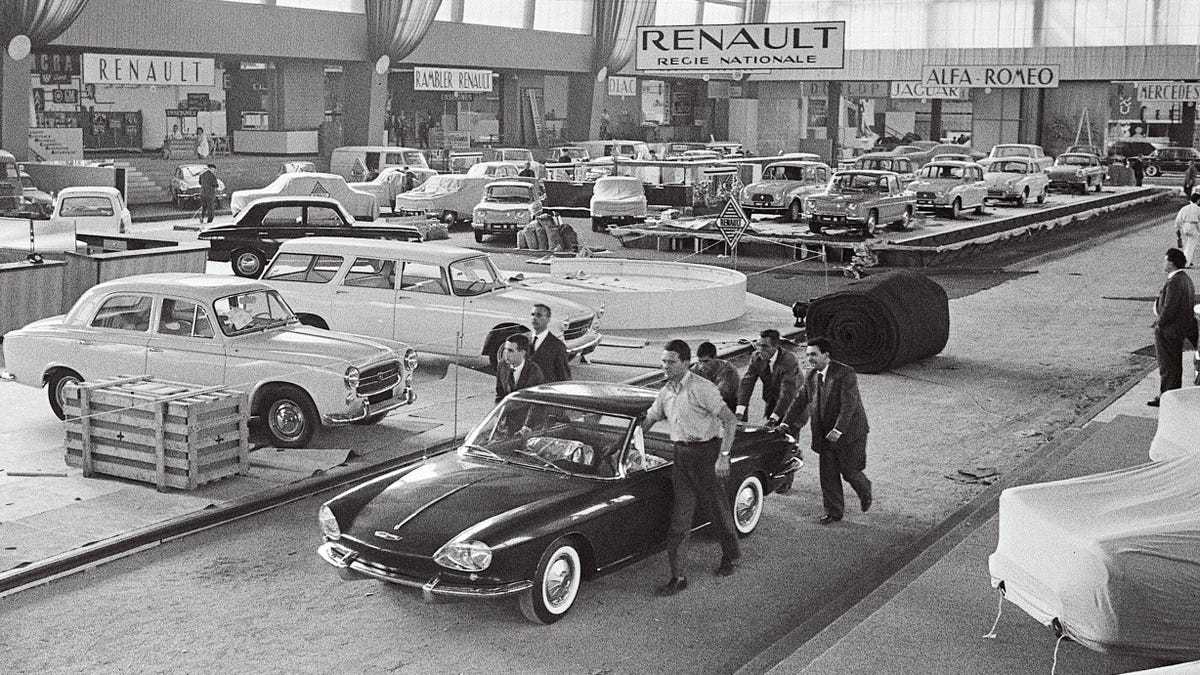We Can Still Learn From Ralph Nader’s Unsafe At Any Speed


Automotive safety has come a startlingly long way since the mid-20th century, but that doesn’t mean we’ve solved the safety problem yet. And revisiting Ralph Nader’s Unsafe at Any Speed over five decades after its publication shines a light on all the work we have left to do.
Most auto enthusiasts have heard of Unsafe at Any Speed at some point in their lives. It was published by consumer advocate Ralph Nader in late 1965 and served as an indictment of the entire automotive sphere. While most folks remember Nader’s critique of the Chevrolet Corvair, he delves into problems across the entire car world as a way to push for advanced safety measures.
Basically, Nader pulled back the covers on a lot of the shady dealings of America’s auto brands when it came to safety. He illustrated that companies were aware of the certain aspects of their machines that could cause fatal injuries but chose to do nothing until, say, a politician forced their hand—and at that point, the industry would claim it had been intending to add this safety feature all along.
It seems wild to think back on an era where seat belts were an optional extra that cost a lot of money, or where designers were more interested in the look of a car than the fact that this pointy object on the dashboard could gouge out an eye. It was an era when the fault for car crashes was placed on the driver, not on the company building the cars, and Nader was one of the first people to link wider accident trends in such a way that it made clear to the public that not everything was the driver’s fault. He encouraged everyone to look at the auto industry with a healthy amount of skepticism.
I mean, this was a time where universities and coalitions were performing in-depth tests on the dangers of vehicles… but were also taking money from the auto companies to perform those tests. Which meant that countless research papers were published without ever even naming a brand. If consumers grew aware of the fact that General Motors’ door latches were dangerous, it would mean that they might stop buying GM cars. So, you just weren’t supposed to mention a name.
G/O Media may get a commission
It’s hard to imagine what lessons we can take away from Nader’s book in this current era where safety is arguably the number one defining feature of all new car designs and where those safety features are often the tipping point in what guides a purchase. But there definitely are.
The main one is the self-reporting done by automakers. As the recent Voltswagen debacle illustrated, a lot of folks are willing to take what a brand says at face value. I’ll grant that part of the issue in that scenario was VW’s public relations team confirming the veracity of the press release, claiming that it was definitely true and not a joke—but again, we should all be exercising a healthy dose of skepticism about a company that also made a lot of false claims about its diesel emi
ssions.
And that’s not the only example of questionable language used by automakers. We have Tesla claiming its cars are equipped with Full Self-Driving technology when, in reality, those cars are a Level 2 driver assistance system that still requires the driver to actively pay attention. And there was Takata, which hid data that suggested its airbags were faulty until it literally couldn’t keep it under wraps anymore.
It’s definitely much more acceptable today for auto journalists to lambast an automotive company for lying about something or for a dangerous product—but there can still be consequences if you have too many unkind words.
And we’re still dealing with some of the design issues Nader mentions in Unsafe at Any Speed. The beefy, aggressive styling of the Chevy Bel Air that caused so many passenger fatalities hasn’t really gone away, not in this era of Really Big Trucks And SUVS. Pollution continues to be a problem, even in the manufacturing of supposedly clean energy solutions like electric cars.
If you haven’t had a chance to read Unsafe at Any Speed before, you definitely should. It is by no means a perfect book, but it should continue to inspire the way everyone approaches the automotive industry—both journalists and consumers alike.






